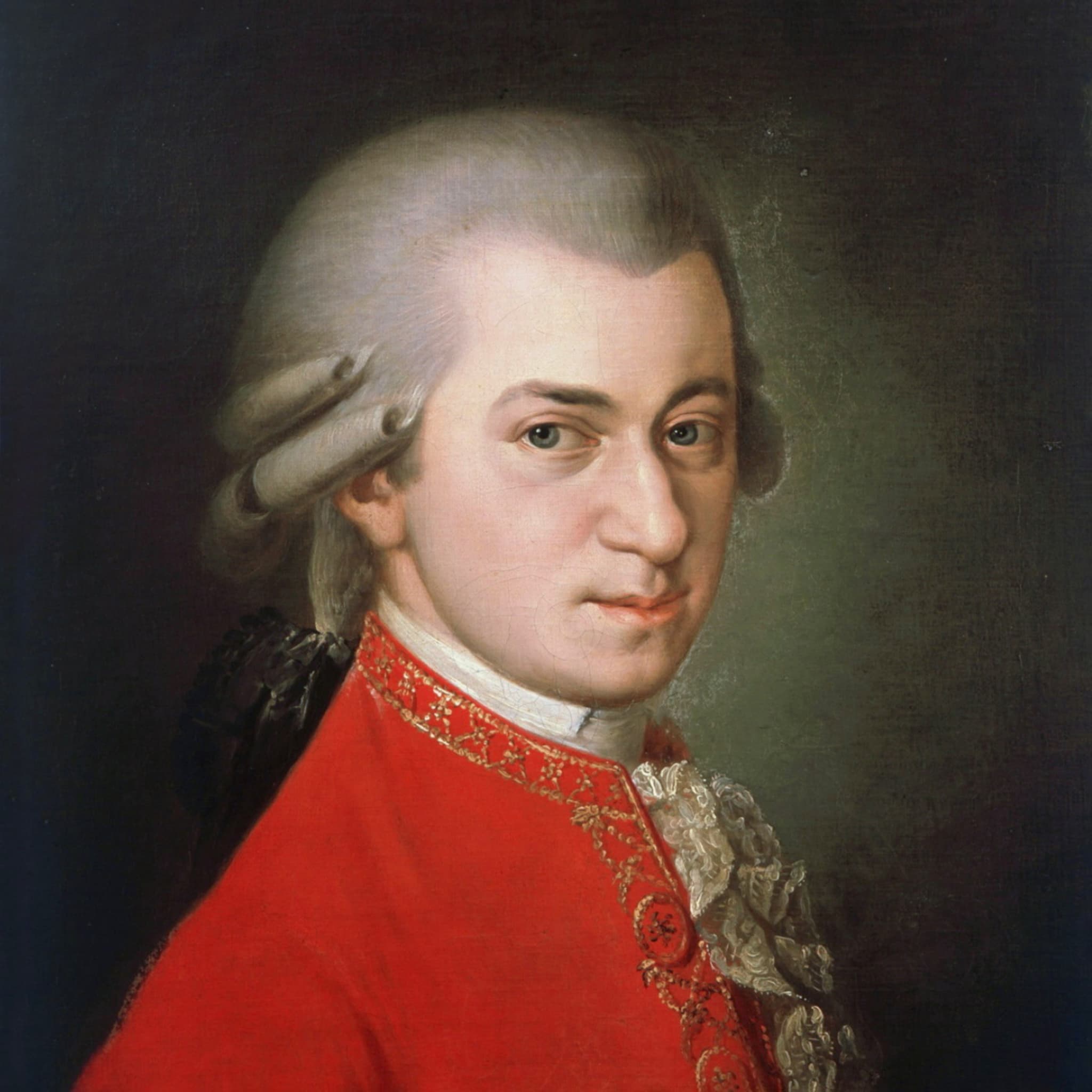Album insights
Jan Pieterszoon Sweelinck, der als "Orpheus von Amsterdam" bezeichnet wurde, war für seine Offenheit sowie seinen breit gefächerten Bekanntenkreis bekannt, zu dem nicht nur Dichter und Gelehrte, sondern auch Kaufleute und berühmte Musiker zählten. Während Amsterdam zum Zentrum des Handels aufstieg, entwickelte sich Sweelinck zu einer festen Größe im kulturellen Leben der Stadt. Der Gemeindepfarrer Jacob Buyck erkannte früh Sweelincks musikalisches Können und unterstützte ihn; Sweelinck zeigte sich zudem anpassungsfähig gegenüber den religiösen Veränderungen seiner Zeit.
Geboren wurde Jan in Deventer, doch schon in jungen Jahren zog seine Familie nach Amsterdam, wo sein Vater die Organistenstelle an der Oude Kerk annahm. Trotz finanzieller Engpässe der Familie ermöglichten es die Stadtoberen zusammen mit Buyck, dass Jan eine musikalische Ausbildung erhalten konnte. Zu seinen prägenden Einflüssen zählten Musiker aus Haarlem und weitere angesehene Zeitgenossen. Als Organist der Oude Kerk übernahm Sweelinck eine bedeutende Funktion im öffentlichen Leben der Stadt und wurde für viele Besucher zur musikalischen Attraktion.
Schüler aus ganz Europa kamen nach Amsterdam, um bei ihm zu lernen, und er hinterließ einen bleibenden Eindruck auf die norddeutsche Orgelschule. Sweelincks Ruf verbreitete sich als Interpret und Lehrer weit über die Stadtgrenzen hinaus; er starb als wohlhabender Mann. Neben seiner Tätigkeit als Musiker verfügte er über Fachwissen im Orgelbau und unternahm Reisen innerhalb und außerhalb der Niederlande. Seine Kompositionen, die sowohl geistliche als auch weltliche Themen aufgreifen, verdeutlichen seine Virtuosität und Innovationsfreude.
Sweelincks musikalisches Erbe prägte zahlreiche Schüler und umfasst ein vielfältiges Œuvre an Werken für Tasteninstrumente, das bis heute als bedeutend gilt.



